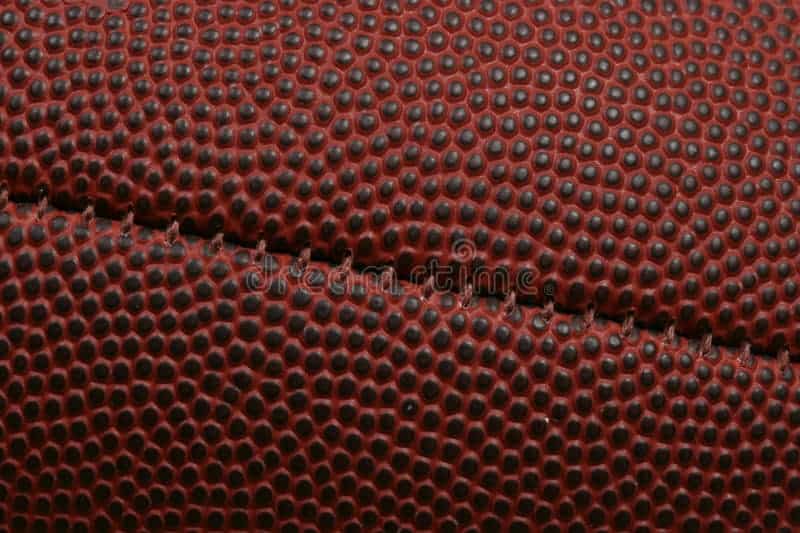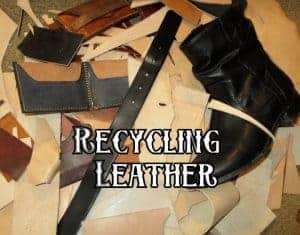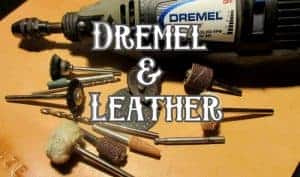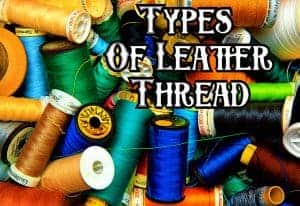
Guide to Different Types of Leather
When it comes to buying and working with leather, there’s more than meets the eye. It’s essential to understand the variety of leather options available before your next leather project or purchase.
If you’re new to the leatherworking space, you might be surprised to learn there are more than one or two types of leather. You’re probably familiar with the variety of hide types; cow, buffalo, goat, etc. When it comes to sourcing leather, it is categorized and priced by grade and finish.
We will discuss the most commonly used types of animal hides and how each one is best known for certain types of products or projects. Not all leather is created equal, so we’re also going to break down the different leather grades and finish types you can expect to find when shopping for leather goods.
By the end of this article, I hope you feel confident in moving forward in both buying leather for your next project and while shopping for your next pair of cowboy boots. With this foundation of knowledge, it will be easy for you to make an informed decision when buying and producing quality products.
Animal Hide Type
There’s a long list of animal hides we commonly use today, and some hides are more or less prevalent in different parts of the world based on climate or geography. We will cover the top five animal hide types we encounter in everyday life.
Cow
One of the most commonly used leathers is cattle/calf hide because it is so incredibly sturdy. There’s a reason most people think of cows when they think of leather, and we use a lot of it! Cowhide is best known for producing accessories such as handbags, belts, and boots. There’s a significant amount of cowhide leather because we have so many cows. Due to the ample supply of cow leather, it is much more affordable to produce leather goods!

Buffalo
Buffalo hide became well-known thanks to Native Americans who began hunting them in the 1800s. The buffalo is, to this day, a central part of the Native American culture. Because the animal is an integral part of their spiritual and cultural background, they use every facet of the animal. The buffalo’s brain, tail, bones, fur, and hide were all put to use. Many others have also grown to love the soft and stable structure of buffalo leather. Today buffalo is used to make upholstery and clothing.

Sheep
Famous for its smooth texture, sheep hide is popular in the apparel and shoe industries. Commonly referred to as sheepskin, this leather has been well-loved in colder climates for centuries! We often see sheepskin that still has the fur attached. Many people are drawn to the inherent fluffy soft hair and find ways to incorporate it in clothing or interiors. Sheep is the only hide mentioned in this article that has fur so fine we turn it into wool.

Pig
When many of us hear the name “pigskin,” we often think of American football. Historically, pigskin was never a part of the original football design. The pig’s bladder, not skin, was used to make up the interior of both football and soccer balls, while alternate leathers were used to cover the outside of footballs. Pigskin itself usually comes from boars and is a very soft material. The surface of the pigskin is uneven and features a pattern of three-dot clusters. You will find this leather used most frequently in clothing and shoes because of its thinner and waterproof nature.

Goat
In many parts of the world, goat leather is referred to as Morroco leather. This product is soft and primarily used in making handbags, gloves, and clothing. Around 10% of the world’s leather comes from goats.
Exotic
When we think of exotic leather, we think of high-end handbags and fancy crocodile boots. There’s a long list of animal hides that make up the exotic category. What’s important to note is how uncommon these leathers are, making them more expensive and difficult to come across. Some of the most popular exotic leathers include ostrich, snakeskin, alligator, eel, stingray, and lizard.

Grade
Leather grade or cut refers to the layer(s) of hide included in the leather piece. You’ve probably heard some of these terms before, such as; full-grain, top-grain, split-leather, genuine leather, and bonded leather. These make up the various cut or blend of leathers you find on an everyday basis.
Full Grain
Full grain is the most natural piece of leather you’ll find after hair has been removed from the hide. With full-grain leather, all hide layers are still intact and haven’t been altered to improve the appearance. This type of leather is incredibly sturdy and thick. You can find this leather product in furniture, belts, luggage, and shoes.
Top Grain
A top-grain leather is one layer less than full-grain leather. The surface layer of full grain leather is often buffed away to remove imperfections. Top grain leather is still considered a high-quality product as it still contains the, you guessed it, the top layer of the hide. So much so that many luxury brands will use it to make their leather goods. Most leather wearers have some form of top-grain leather in their life, whether it be their wallet or purse.
Genuine Leather
When you hear the phrase ‘genuine leather,’ you think, oh, this is the real thing! Well, yes, technically, it does have the same makeup as full and top grain leather. What makes genuine leather different is the material. Genuine leather is manipulated in a way that compromises the original structure of natural leather. The layers of leather have been removed, thus creating a thinner and weaker product. Or multiple pieces have been cut up and mixed.
Split Leather
If a cut of leather comes from a less desirable area or has an uneven surface, it’s common to turn it into split-grain leather.
Split grain leather is when multiple layers are removed from the surface to achieve a more even appearance. If you find a split leather with texture and feels like top grain, there’s a good chance it has been embossed or manipulated to look of higher quality.
Most split-grain leathers are used in creating a suede product. This type of finish is popular in fashion because it’s a softer material that is pliable to create clothing items such as handbags, jackets, vests, shoes, and boots.
Bonded Leather
Of all the options listed, bonded leather is the most compromised leather type. It is created with a very low percentage of actual leather turned into pulp with multiple other materials and bonded into a leather lookalike. This product is made under the umbrella of Genuine Leather because while it does contain real leather, it is created and sold at a much cheaper price point. You’ll find bonded leather most commonly used in cars, furniture, bookbinding, and shoes.

Top Finish
Aniline
Aniline is a dye only applied to Napa leather. Napa is a term used to describe any type of animal hide with a soft hand. Aniline is a water-based dye applied to create a cohesive finish across the leather while still bringing out the natural grain of each leather piece.
Semi-aniline
Similar to its counterpart, semi-aniline dye contains a much lower amount of pigment. The reduced pigment allows unique leather attributes such as knots or marks.
FAQs
Question: How do I Know What Type of Leather I Have?
Answer: Always check for tags or ask for information before purchasing a leather product if you’re unsure what type of leather an item is.
In the U.S., there is little regulation when it comes to stating what type of leather an item is outside of animal type, where it is from, and if an item is a mixed material.
Keep this in mind when shopping for leather goods. If you want a full-grain leather product or transparency in your purchase, be on the lookout for retailers specializing in this area.
Question: Where Should I buy Leather for my Next Project?
Answer: I recommend going to your local leather retailer. Like shopping for marble, each piece is unique, and it’s nice to be able to choose the exact one you want.
If you don’t have a leather store near you, go ahead and shop online. Do some research to find a retailer known for the particular leather type you want. Photos and reviews help too!
Question: Is Genuine Leather Natural Leather?
Answer: Genuine leather can either be bonded or split-grain leather. Bonded leather contains pieces of real leather within its structure. The leather portion of bonded leather is around 10-20%, while the rest is composed of other materials.
On the other hand, split-grain leather is 100% leather. This material has had multiple layers buffed from the surface to create a cohesive hide. While this is considered a more authentic product, it isn’t as durable as full or top grain leather.
Question: What do I Look for When Shopping for Leather?
Answer: Before shopping, think about the texture, finish, and colorways you’re most drawn to. If this is for a specific project, make sure the thickness and leather finish support your craft. Some leathers can be too thick or thin to work for particular projects.
For example, thinner leather is best used in shoes, boots, and clothing. If you purchase thicker leather, it will be suitable for making wallets, belts, and keychains.
Depending on what you’re using the leather for, consider how much durability you may need. Full-grain leathers are much more robust, while some exotics are particularly fragile.
Question: Where Can I Get Started With my First DIY?
Answer: We’re so glad you asked! Here are a few projects to help you get started!
Small Leather Tool Pouch Template
Free Button Snap Coin Pouch Template
Compact BiFold Wallet Template
There’s an array of options when it comes to shopping for leather. Whether you find yourself purchasing your next handbag or buying hide for a future project, we hope this resource helps you make an informed purchase.



